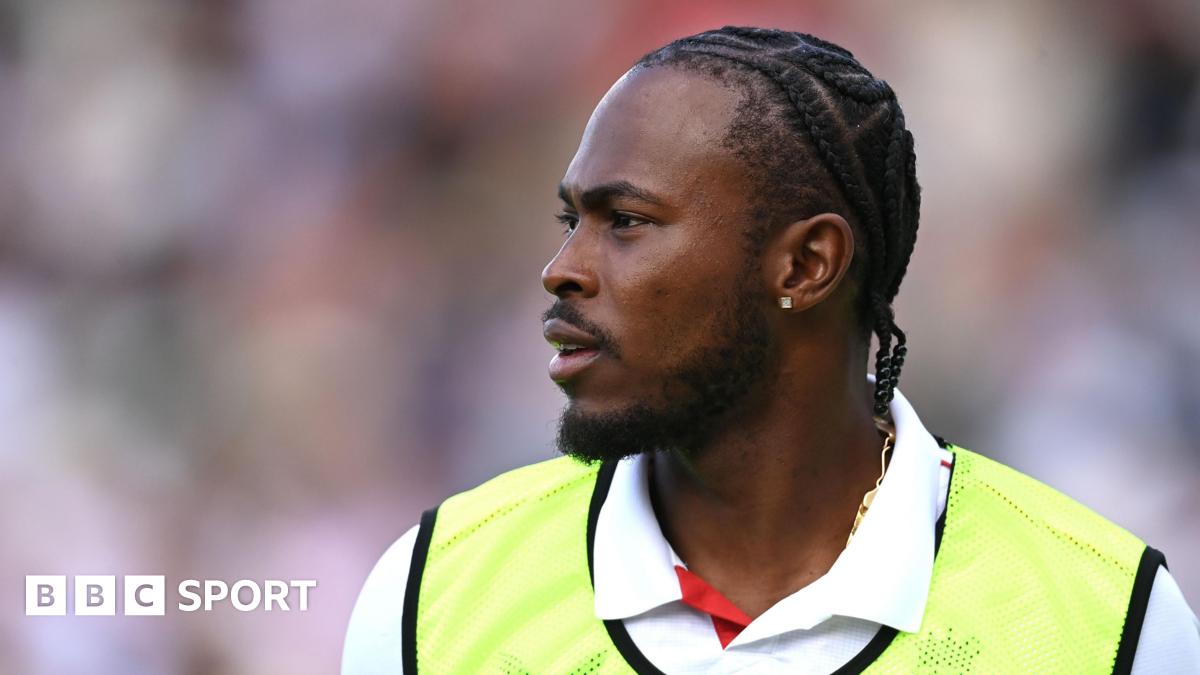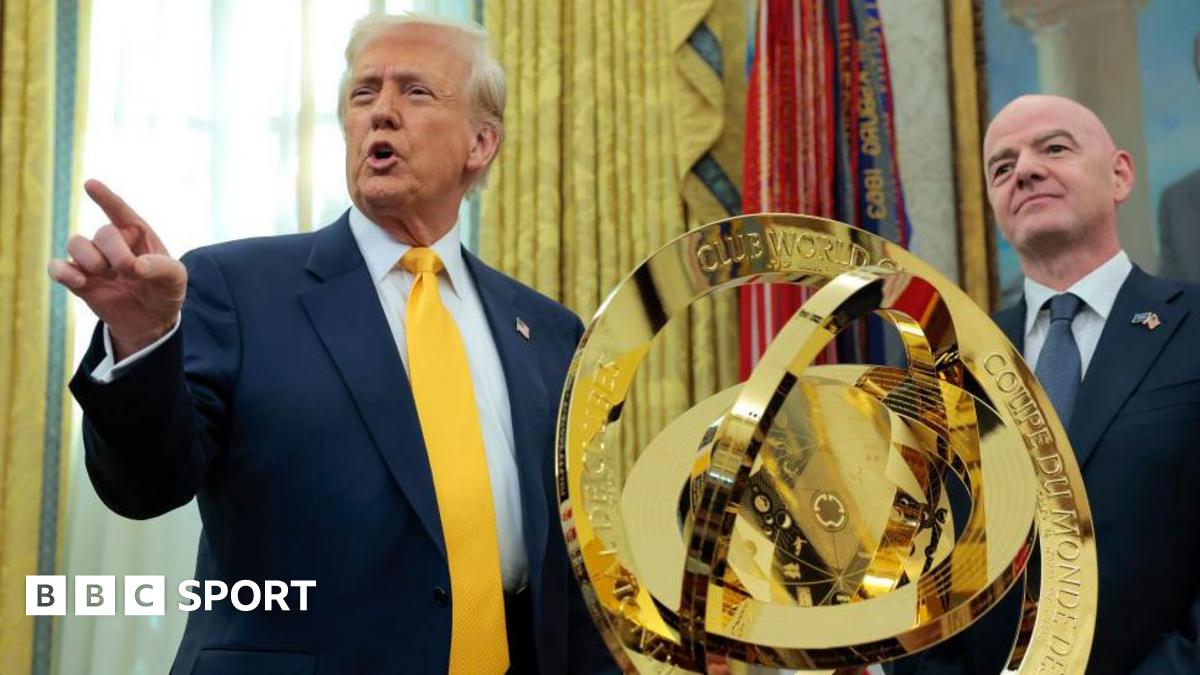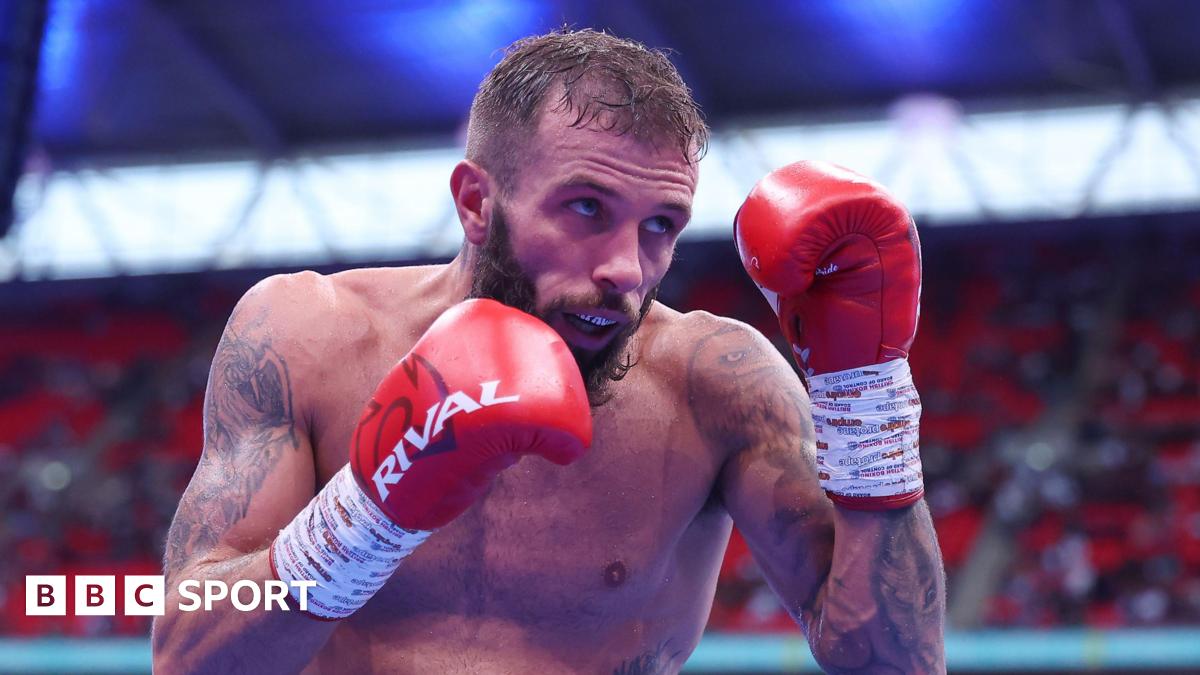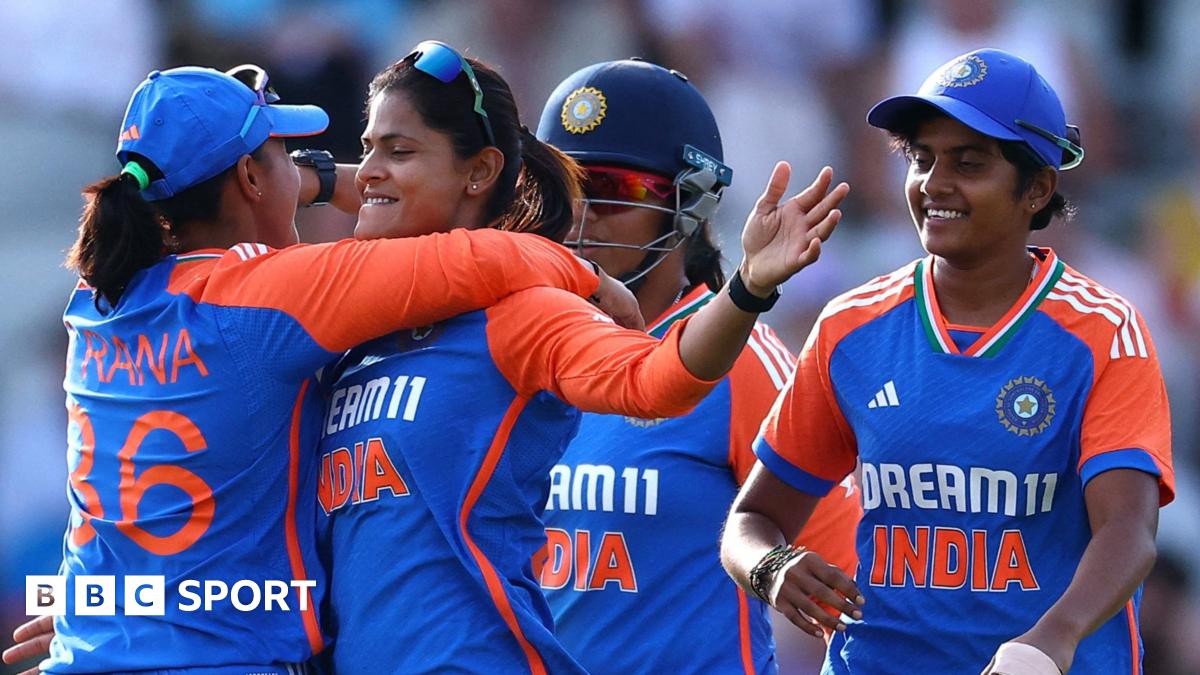Dobbs v Jackson Women’s Health Organization, the US supreme court case that rescinded the constitutional right to abortion, is failing on its own terms. Since the ruling, in June 2022, the number of abortions in the US has risen. Support for reproductive rights is on the upswing. And the rate of voluntary sterilization among young women – a repudiation of Trumpian pronatalism, if a desperate one – jumped abruptly after Dobbs, and there’s no reason to believe it will drop off.
Also rising at an alarming clip are preventable maternal deaths and criminal prosecutions of pregnant people.
Yet the 21 state legislatures that have imposed total or near-total bans are doing little or nothing to give doctors legal leeway to save the health and lives of pregnant women in medical distress, even if that means inducing abortion. In fact, rather than trying to save lives, they are prosecuting pregnant people who handle those emergencies on their own.
The first three – more abortions, more pro-abortion sentiment, more contraception –have frustrated the anti-abortion crowd no end. They know they need stronger disincentives to abortion.
Which brings us to the latter two: more punishment and more death. Was punishment the aim all along? And has the anti-abortion movement accepted pregnant people’s deaths as an unfortunate consequence of saving the pre-born?
According to the Guttmacher Institute, abortions rose 1.5% in 2024 from 2023, on top of a 11.1% leap in the first year after Dobbs, compared with 2020, before the near-bans enacted in several states that presaged the ruling.
It’s also probably an undercount. The statistics include only “clinician-provided abortions”, either surgical or medical (using abortion pills), performed in healthcare facilities or via telemedicine. Guttmacher does not estimate how many abortions are happening outside the formal healthcare system, with drugs obtained directly from suppliers or through feminist underground networks.
Indeed, Plan C, the country’s biggest clearinghouse for pill access, reports 2m visits to its website and 500,000 click-throughs to resources and care in 2024, a 25% increase from the year before. How many of those people ended their pregnancies at home, with only a friend or lover in attendance? Anecdotal evidence gleaned from activists suggests they number in the tens of thousands.
At the same time, rather than making abortion “unthinkable”, as the anti-abortion activists pledge, the bans may be having the opposite effect. An analysis of two restrictive states, Arizona and Wisconsin, and one with broad access, New Jersey, found that negative attitudes toward abortion are down and positive ones up, in both red and blue states.
And if the goal of banning abortion is to produce more children, that’s not working either. Public health researchers saw “an abrupt increase in permanent contraception procedures” – sterilization – following Dobbs among adults in their prime reproductive years, ages 18 to 30. Unsurprisingly, the increase in procedures for women (tubal ligations) was twice that for men (vasectomies).
The Trump administration is cheerleading for procreation. “I want more babies in the United States of America,” declared JD Vance in his first public appearance as vice-president, at the March for Life in Washington. He blamed the declining birth rate on “a culture of abortion on demand” and the failure “to help young parents achieve the ingredients they need to lead a happy and meaningful life”. The federal budget extends some of that help. It raises the annual child tax credit (CTC) from $2,000 to $2,200. It also creates “Trump accounts”, $1,000 per child, which parents or employers can add to.
But only those with social security numbers are eligible for either program; the tax credit is available only to people who earn enough to pay taxes; and as with any investment, those able to sow more in the savings accounts reap more. It’s clear what sort of baby the administration wishes to be born: white babies with “American” parents, and not the poorest.
The carrots are not appetizing enough. The stick is not effective enough. So red-state legislators and prosecutors are bringing out the AR-15s.
This year, Republican lawmakers in at least 10 states introduced bills defining abortion as homicide, and, for the first time, criminalizing both the provider and the patient.
No such bill has passed – yet – and anti-abortion organizations are usually quick to renounce them publicly, nervous about widespread opposition. But their passage might not be far off. The bills are based on fetal personhood – the concept of conferring full legal rights to a fetus from conception forward. The idea was introduced in 1884 and finally written into one state’s law in 1986. By 2024, 39 states had fetal homicide laws. Last year, there were three bills criminalizing the person who has an abortion; now there are 10. And though the federal courts rejected fetal personhood for a century, it is the bedrock of anti-abortion politics, and this US supreme court is looking much more friendly toward it.
While they work toward straightforward criminalization of ending one’s own pregnancy, anti-abortion lawmakers and prosecutors are making creative use of existing law to punish miscarriage, an event indistinguishable from elective abortion, just in case the pregnant person induced the miscarriage. The most ghoulish is the prohibition on abusing corpses.
For instance: last week a 31-year-old South Carolina woman who miscarried and disposed of the tissue in the trash was arrested for “desecration of human remains”, a crime carrying a 10-year sentence. In March, a woman found bleeding outside her Georgia apartment after a miscarriage was jailed for “concealing the death of another person” and “abandonment of a dead body” for placing the remains in the bin. A week before that, a Pennsylvania teenager was under investigation for corpse abuse after a self-managed pill abortion and burial of the fetus in her yard.
In a grim sense, these are the lucky ones: they survived. Because Dobbs has indisputably been deadly.
“Mothers living in states that banned abortion were nearly twice as likely to die during pregnancy, childbirth, or soon after giving birth” as mothers living in states where abortion was legal and accessible, reports the Gender Equity Policy Institute. Maternal mortality rose 56% in Texas after it enacted a six-week ban; a Texan’s risk was one and a half times that of a Californian’s.
The future isn’t sunny. A study of 14 total-ban states predicts that in the four years beginning a year after Dobbs, up to 42 mothers will die and as many as 2,700 will be afflicted with “severe maternal morbidity”, defined by the CDC as “unexpected outcomes of labor and delivery that result in significant short-term or long-term [health] consequences”. In one analysis Black women represented 63% of the deaths.
The anti-abortion movement is indefatigable. “We abolishioners will not rest until we have effected the abolishment of human abortion,” one leader told Oklahoma Voice. But this is an unattainable grail. Where abortion is illegal, people still have abortions. They just take more risks. Globally, more than 39,000 women die yearly from unsafe abortions.
As they run out of options, red-state lawmakers will harden criminal penalties against people who refuse to give up their reproductive self-determination. It may grow less outré to endorse Trump’s opinion, expressed in an unguarded moment, that women who get illegal abortions “deserve some form of punishment”. Whether intentional or not, the sentence for some of those women will be death.
-
Judith Levine is a Brooklyn journalist and essayist, a contributing writer to the Intercept and the author of five books

 4 months ago
57
4 months ago
57








 English (US) ·
English (US) ·